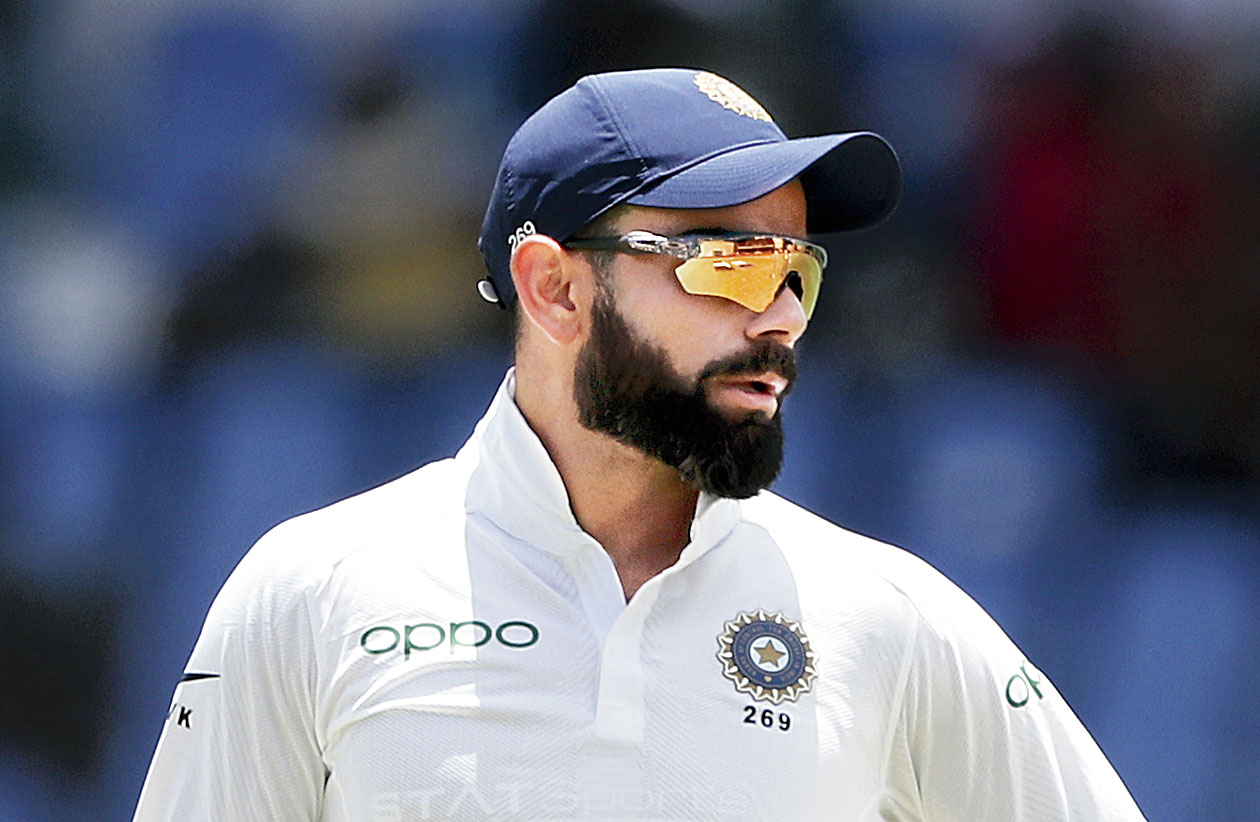On Sunday morning, as the Pune sun was waking up the MCA Stadium, Ishant Sharma geared up to bowl the first delivery of the day to Aiden Markram.
Lying ahead was the fourth day of the second India-South Africa Test. India captain Virat Kohli had enforced the follow-on, with the Proteas still trailing by 326 runs.
Three slips and a gully were in place. Wait. That, on a fourth day Indian pitch? But that Kohli had his reasons for setting such a field was evident as soon as Ishant bowled the first delivery.
The ball came back in a long way at a good height and almost cut Markram into half.
Not just the fast bowlers, the pitch in Pune catered something to everyone. The spinners were regaled with its turn, the batsmen, those who dug in, unearthed runs.
Though the match ended in four days, mostly because of the fragile South African batting, it was a five-day wicket. The first Test in Visakhapatnam too offered an unbiased strip, with the result coming only around tea on the fifth day.
Both the pitches betrayed the traditional nature of Test wickets in this country. From being overtly India-friendly, the wickets seemed to have shed their ‘nationalistic’ cloak and become more sporting.
The last time South Africa played Tests in India, in 2015, two of the matches got wrapped up with more than two days’ play left on pitches that pampered spinners and spinners alone.
So, is the Indian wicket finally pitching for neutrality, one that promotes a far better contest between the bat and the ball?
The change hasn’t gone unnoticed by Daljit Singh, the BCCI’s chief curator who retired last month after 22 years of overseeing Indian wickets.
“Look, what you are seeing today is a result of the Indian team’s confidence and performance all around the world on all types of pitches. If you go back 10 years or a bit more, Indian teams would prefer certain types of pitches against certain teams.
“Now India are playing so well all around the world, they are the top-ranked team and have self-confidence. That is why you are seeing better pitches,” Daljit, who is in his late 70s, told The Telegraph.
He also feels that Indian curators are smarter nowadays. “It’s not like the old times… Only paani do, roll kar do… It’s not like that.
“The curators nowadays are all well qualified. So they have got the confidence. They know how to induce spin in the pitch only for the later part of the game. No curator would like to make a pitch where the ball turns from the onset.”
Daljit had high praise for pitches used in the first two Tests versus South Africa.
“The Visakhapatnam pitch was truly remarkable. Five centuries including a double hundred, both pacers and spinners got wickets and result on the last day before tea… A dream pitch... And something that not many talked about, there were 37 sixes in that match. If the pitch is slow, the ball will go higher, but it will not go long. In Pune too, I was very surprised to see that there was no red soil any more. Credit should go to the local association and the curator.
“They have learned from past experiences. Luckily for India, in both the Tests, they won the toss. Otherwise, the course of the match could have been different.”
A well-organised domestic circuit has also helped,says Daljit.











